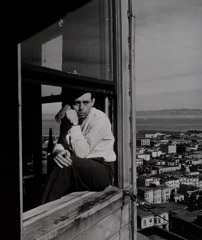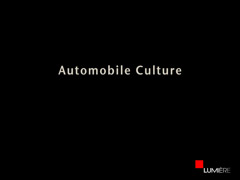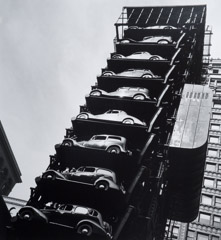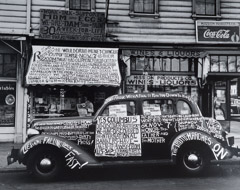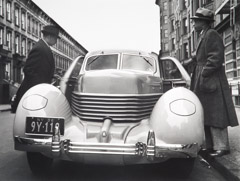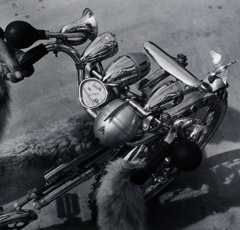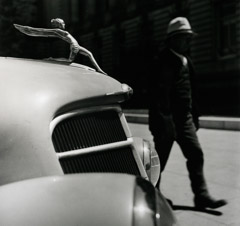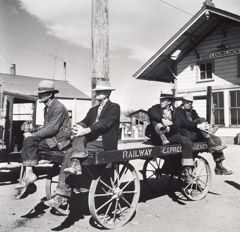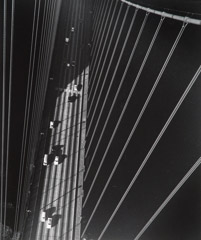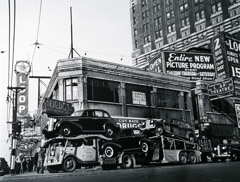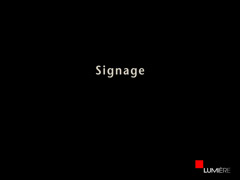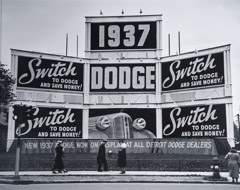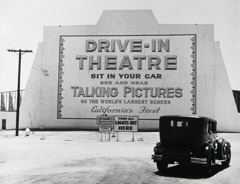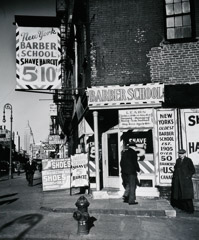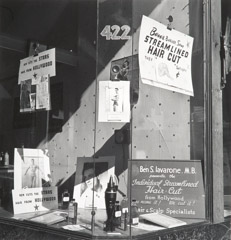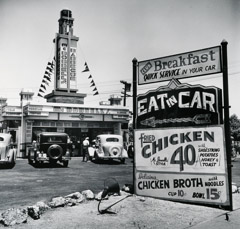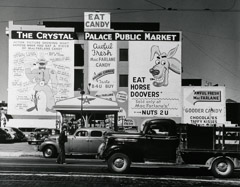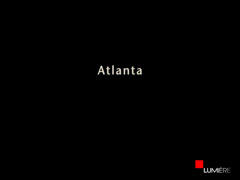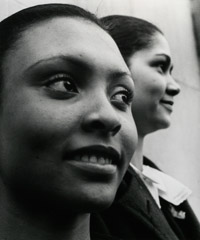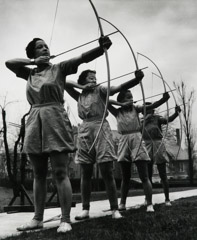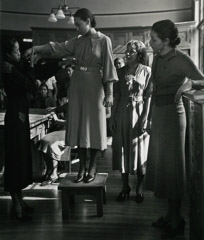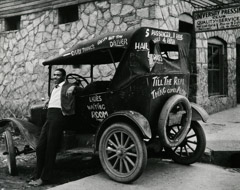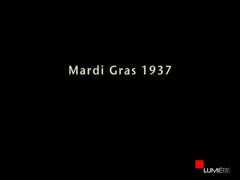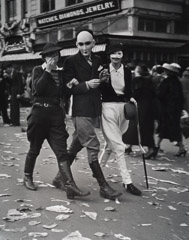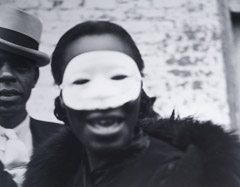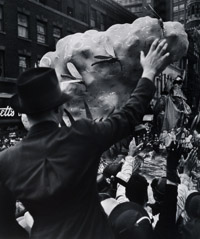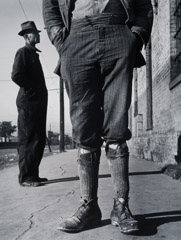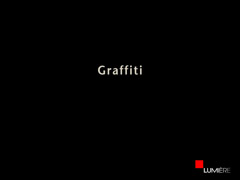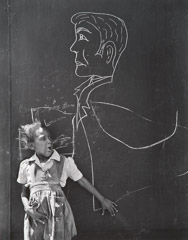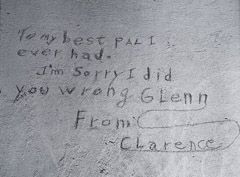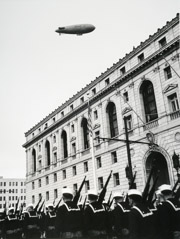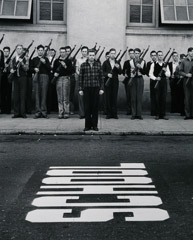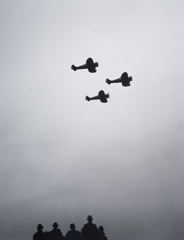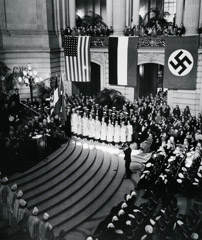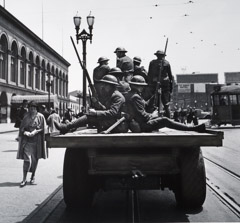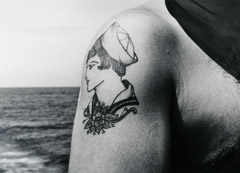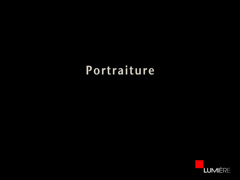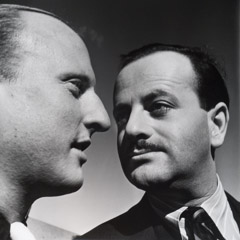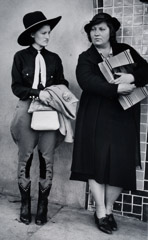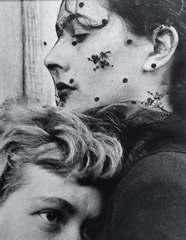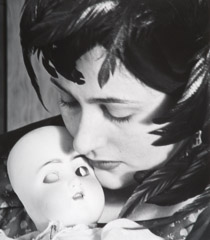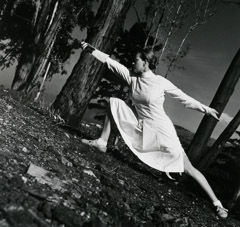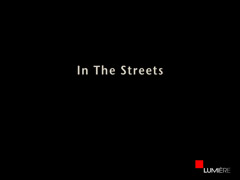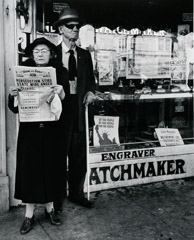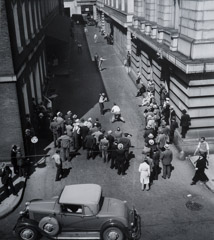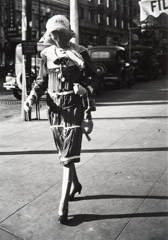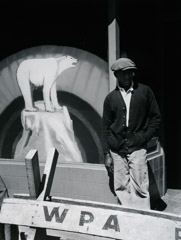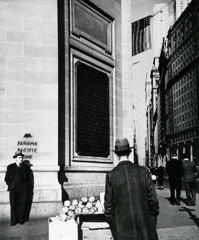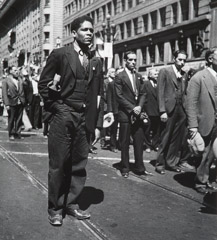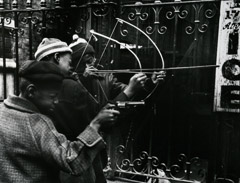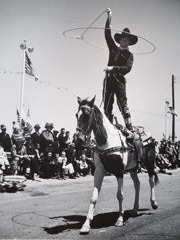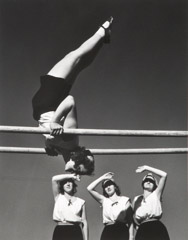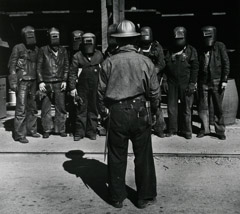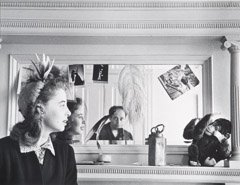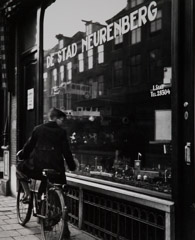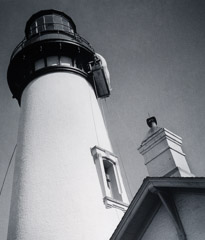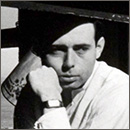Culture Shock
Previosly at The Breman Museum
May 2022 – March 2023
The Breman Museum, in collaboration with Lumière gallery, were pleased to present the exhibition
Culture Shock: Photography by John Gutmann.
Culture Shock focuses on the creative flowering for a Jewish photographer, a German refugee who arrived in the U.S. during the Great Depression.
The exhibition showcases over 60 vivid images of American popular culture that Gutmann captured as only an outsider could.
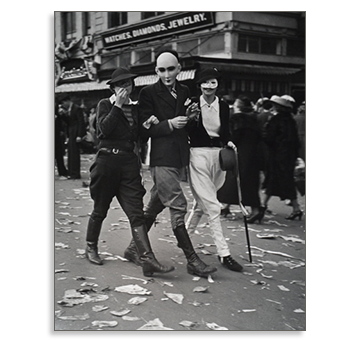
John Gutmann was born in Breslau, Germany (now Wroclaw, Poland) in 1905, the son of prosperous Jewish parents. Showing early artistic talent, he studied at Breslau’s University and the Academy of Arts and Crafts, a student of leading Expressionist artist Otto Mueller. Following his graduation, he moved to Berlin to pursue his painting career while also teaching art. In 1933, as the Nazi regime consolidated its power, it issued the Professional Services Restoration Act, denying employment to “Non-Aryans.” Gutmann formulated a plan to leave Germany permanently. With minimal photographic experience, he secured a contract with Press-Photo in Berlin and charted a course as a foreign correspondent based in San Francisco, California. Traveling on a Norwegian freighter from Rotterdam via the Panama Canal, Gutmann arrived in San Francisco on January 1, 1934 to begin his new life.
“I photographed the popular culture of the United States differently from American photographers. I saw the enormous vitality of the country. I didn’t see it as suffering. The urban photographers here took pictures that showed the negative side of the Depression, but my pictures show the almost bizarre, exotic qualities of the country… I was seeing America with an outsider’s eyes – the automobiles, the speed, the freedom, the graffiti…” — John Gutmann, 1989 San Francisco Examiner profile
Quickly mastering the technical requirement of the medium, Gutmann’s early artistic training is clearly evident in his photographs. The images in the exhibition are from this dynamic period in his career, exploring America’s culture. There were subjects that would continue to catch his eye on a recurring basis including automobiles and American “car culture,” Depression era protests, and street portraits. His documentation of signage in the landscape and the written word in the street, was perhaps driven by his personal need to acclimate to a new language and culture. Although based in San Francisco for the remainder of his life, Gutmann took several cross-country trips via bus during this period. One such trip in 1937 included stops in New Orleans to document Mardi Gras, and Atlanta, where he photographed at Spelman College.
“Gutmann’s art is essentially that of a European, fascinated by the culture he found in the New World…Trained as a painter, accredited as a teacher by an important German artist… he was predisposed to admire by temperament and aesthetic training.” — Sandra S. Phillips, Curator of Photography, Museum of Modern Art, San Francisco
In 1938, Gutmann was appointed Assistant Professor at San Francisco State University teaching studio art and art history, pulling Gutmann back to a traditional career, a path he was denied in Germany. Over the course of the next 35 years, he continued to teach at San Francisco State until his retirement in 1973, when he was named Professor Emeritus. Highlights of his teaching career include establishing a creative photography program (1946) and founding of an international film program titled Art Movies (1949-63).
In the early 1970’s, the long awaited acceptance of the photography by the traditional artistic community was on the horizon. Coinciding with his retirement, Gutmann revisited his photography archive from the 1930’s and 40’s and reprinted his images for exhibition in this emerging market, with shows in the 1970’s at the Light Gallery in New York, and gained representation by the prestigious Fraenkel Gallery in San Francisco. In 1977, he was awarded a Guggenheim Fellowship for his photographs dealing with the visual use of language and popular emblems of 1930’s and 40’s America.
His work has been widely exhibited. It is in over 40 major museum and private collections, including The Museum of Modern Art, NY, the Guggenheim, The de Young Museum, LA County Museum of Art, The Museum of Fine Arts, Houston, The Museum of Fine Arts, Boston, The San Francisco Museum of Modern Art and the High Museum of Art, Atlanta.
Featured in this exhibition is the work of John Gutmann.
Select this link to view his complete artist page.
John Gutmann (1905-1998)
Born in Breslau, Germany, Gutmann studied to be a painter under Otto Mueller before turning to photography shortly before he emigrated to the United States, where he became known for his vivid images of popular culture. Gutmann brought a foreigner’s view to the streets of California, where he saw with fresh eyes such astonishing (to him) phenomena as multiracial crowds, drive in movies and restaurants, drum majorettes, car parks and golf links, beauty contests, tattoo parlors, and movie marquees. He was fascinated by the status of the car as an American icon and photographed unusual license plates, decorated dashboards, decals, and hood ornaments. He also took a notable series of New York City in the 1940s. In Germany he worked as a photojournalist for Presse Photo before his arrival in the United States, when he worked as a photojournalist for Pix, Inc. (1936 1963). A professor at San Francisco State University from 1938 to 1973, Gutmann won a Guggenheim fellowship in 1978. His work has been published in major periodicals and is held by such collections as those of the Amon Carter in Fort Worth, San Francisco’s Museum of Modern Art, and the Seagram Collection in New York.
![]()
Reed a close personal friend of Gutmann, shared her insights and knowledge of the artist.
Gutmann’s work and life story are both remarkable. As a young man he studied painting in the late 20’s under Otto Mueller. With the rise of the Nazi’s he leaves Germany in 1933, and begins his photographic career in San Francisco, which remained his home the rest of his life. Working as a photojournalist through the depression years Gutmann’s keen visual eye trained on the streets of his new adoptive home results in a spectacular body of work.

